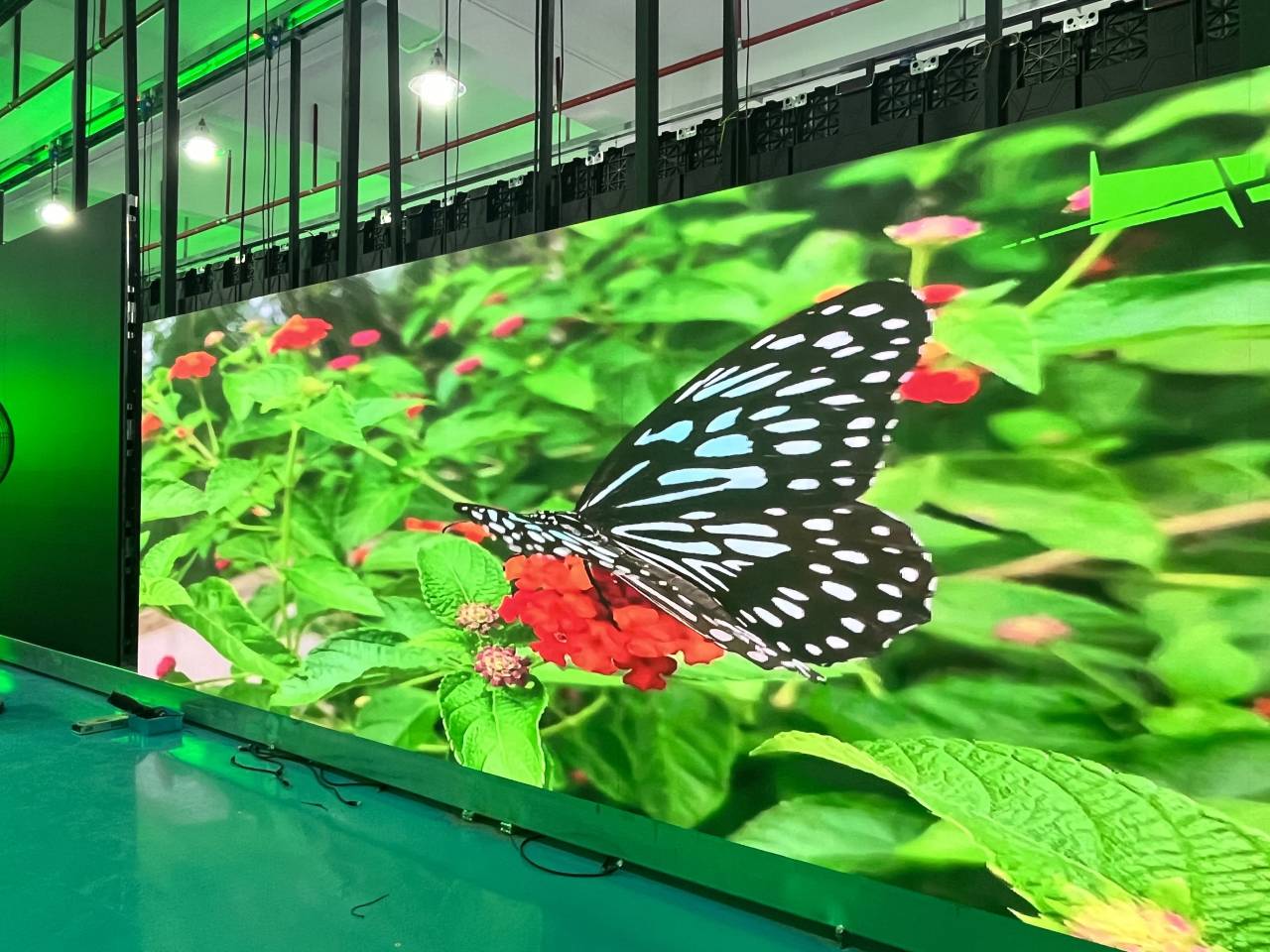Cutting-edge Methods to Enhancing Mobile Connectivity Systems for Luminescent Wall Screens.
Wiki Article
Wireless connectivity solutions for Light Emitting Diode wall screens have redefined the way we experience visual displays in various settings, such as concerts, corporate gatherings, and advertising. These panels, known for their vibrant colors and high clarity, rely heavily on strong wireless connections to perform optimally. As technology continues to evolve, innovative strategies are being developed to enhance these wireless frameworks. This discussion will examine some of the latest strategies aimed at improving wireless integration for Luminescent Diode wall displays.

One notable approach to improving wireless connectivity is the use of next-generation antenna technology. Antennas play a vital role in transmitting and receiving signals between components. By employing smart antennas, which can adjust their direction and beamforming pattern based on the environment, manufacturers can greatly improve signal integrity and stability. This adaptability helps minimize interference from other electronic devices and barriers, leading to sharper video quality and more stable link performance for LED wall panels.
Another forward-thinking strategy involves implementing mesh network architectures. Unlike traditional wireless setups that depend on a single router, mesh networks consist of multiple connection points that work together to spread the internet signal over a broader area. This setup ensures that Light Emitting Diode wall screens receive a consistent signal no matter their location. In venues like arenas or large exhibition halls, where physical barriers may interfere with signals, mesh technologies provide a more robust solution by maintaining signal integrity even in crowded environments.
In addition, integrating edge computing into wireless communication systems can boost efficiency for Light Emitting Diode wall displays. Edge computing allows data handling to occur closer to the source of data generation rather than relying solely on centralized data centers. By processing data near the LED wall panels, the system reduces latency, resulting in faster response times and smoother video playback. This development is especially beneficial for applications that require see this real-time updates or interactive functions, making presentations more engaging for audiences.
Lastly, leveraging new communication protocols can also improve wireless connectivity for LED wall panels. Protocols such as Wi-Fi 6 and 5G offer greater bandwidth and faster data transfer rates compared to earlier standards. These advancements enable multiple units to connect simultaneously without sacrificing performance. As LED wall panels are often used in conjunction with other smart technologies, implementing these advanced protocols ensures that all components can interact seamlessly, leading to an significantly improved user interaction.
To summarize, the advancement of wireless connectivity solutions for Light Emitting Diode wall displays is crucial as technology continues to led wall panel manufacturers advance. Through developments such as intelligent antennas, mesh networking architectures, edge computing implementation, and new data transmission standards, manufacturers can provide better performance and stability. These approaches not only improve the capabilities of LED wall panels but also elevate the visual experiences they deliver across multiple settings. As these technologies develop further, audiences can look forward to even more impressive displays in the future.